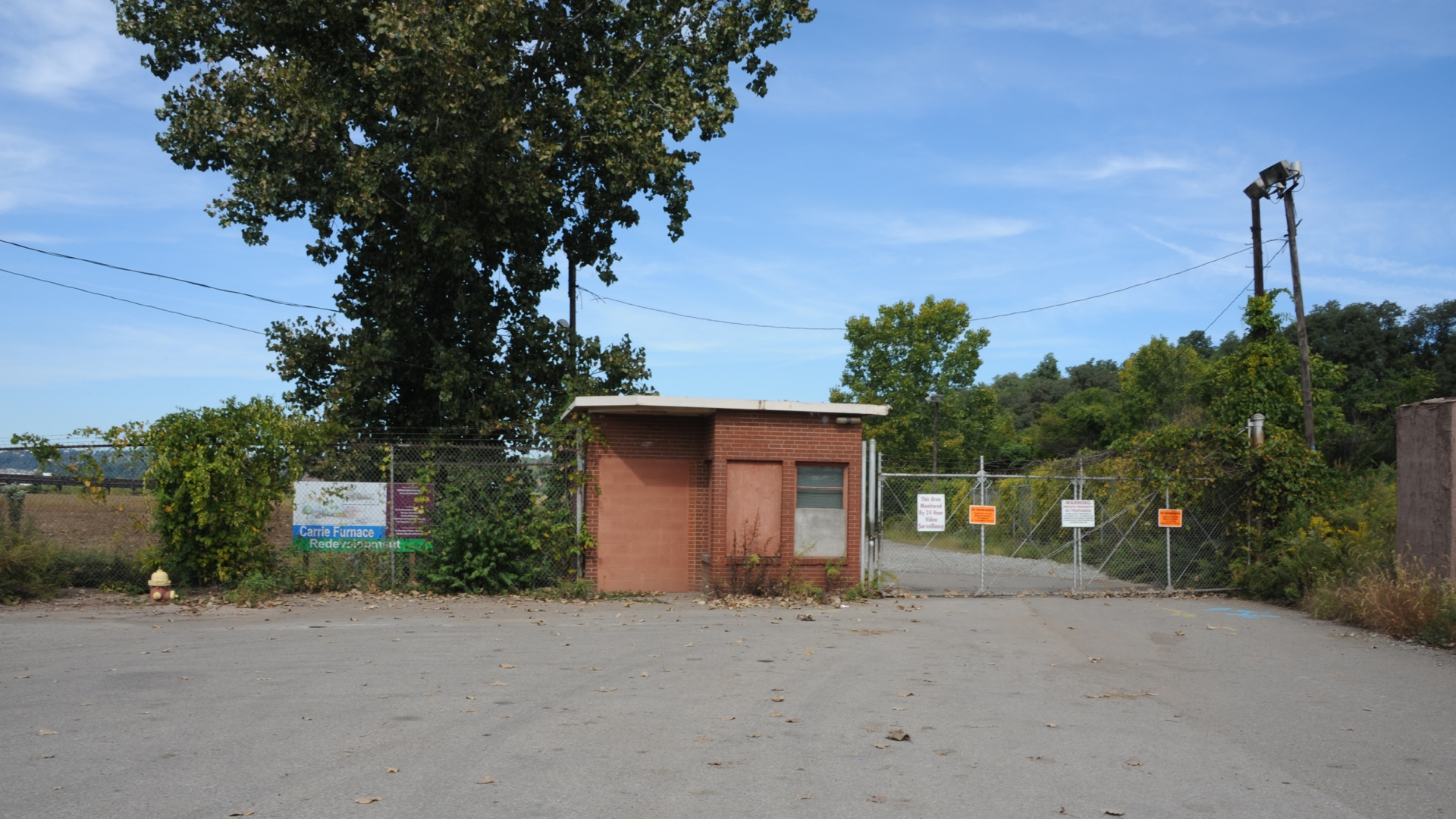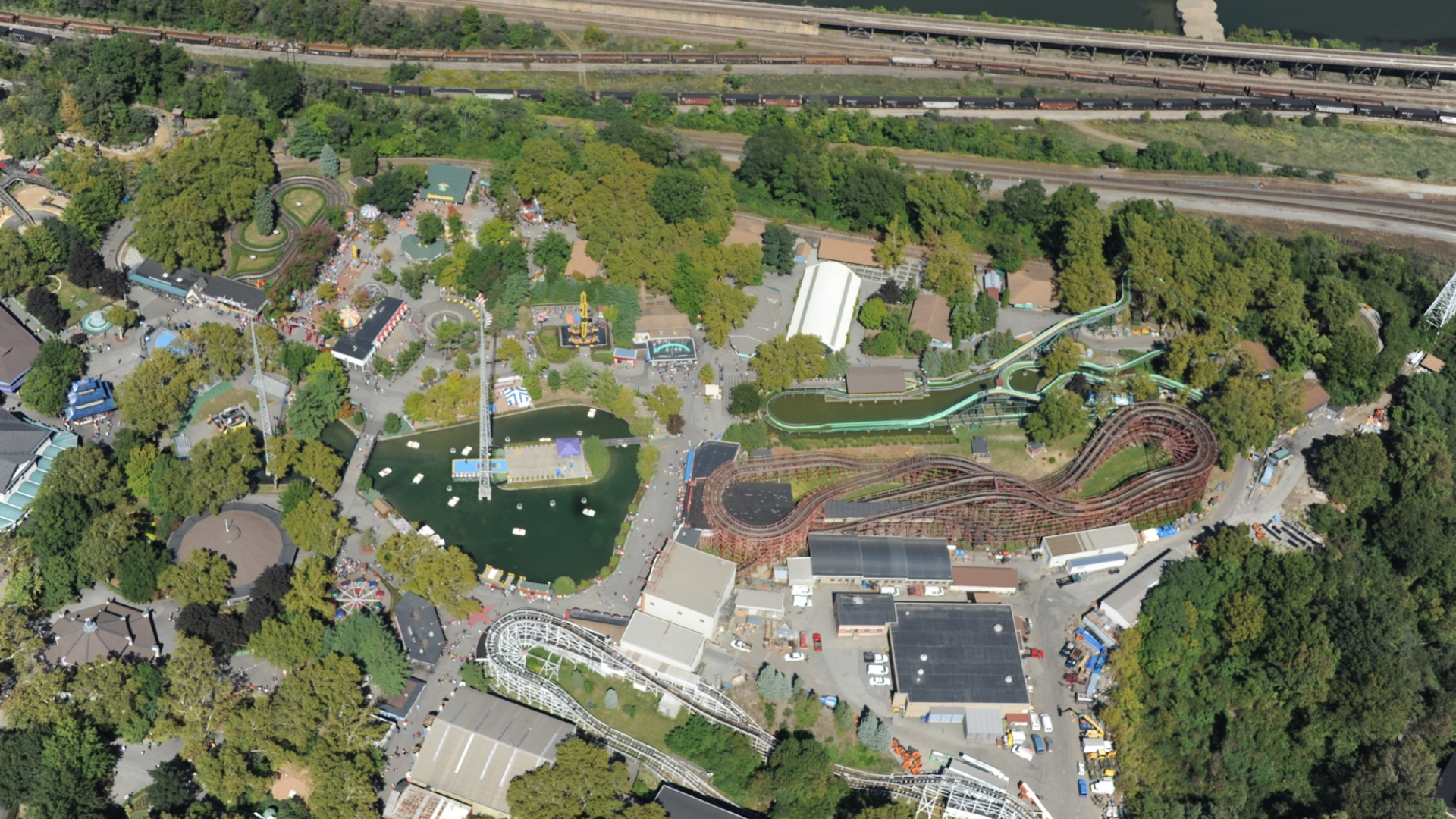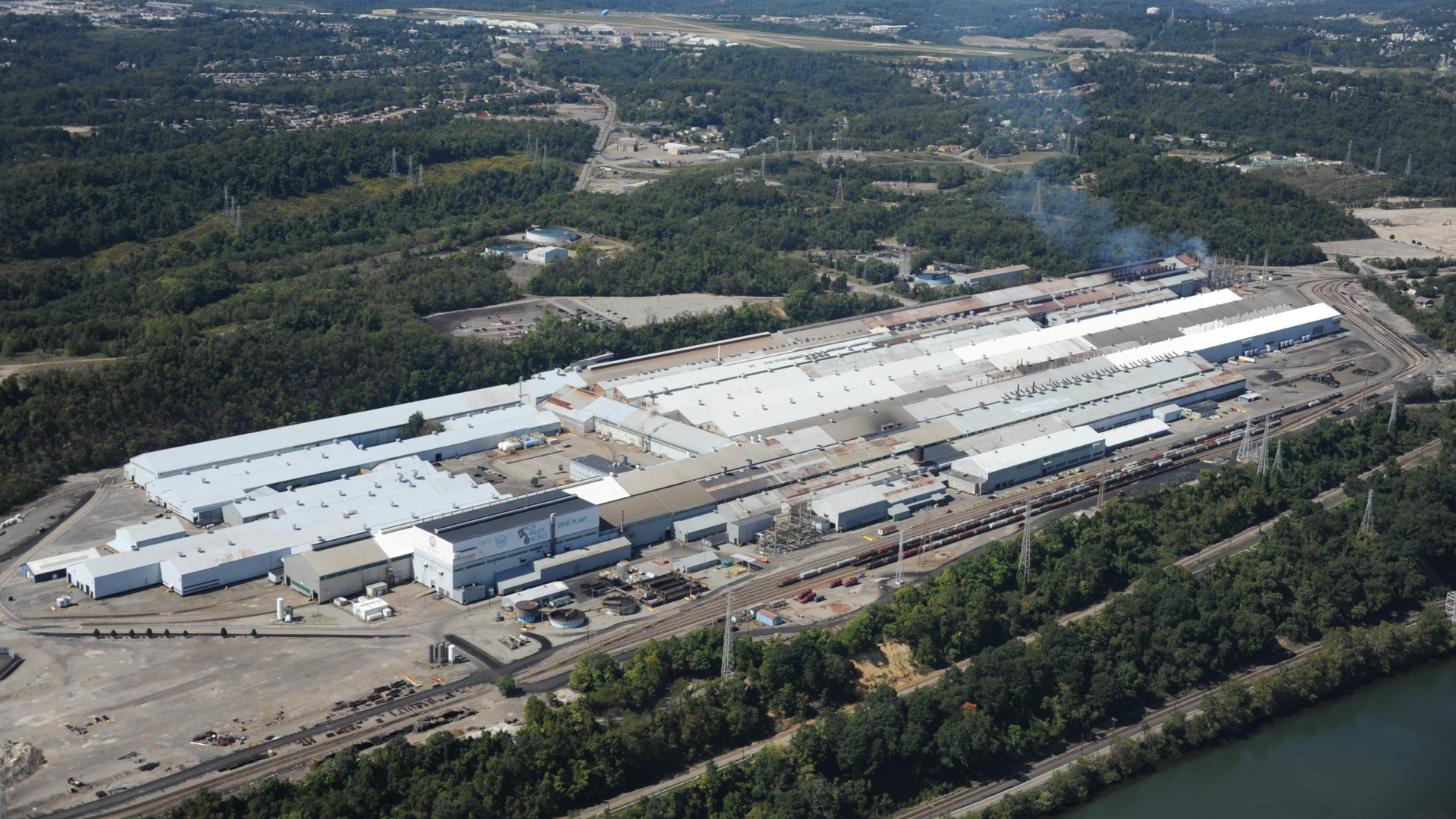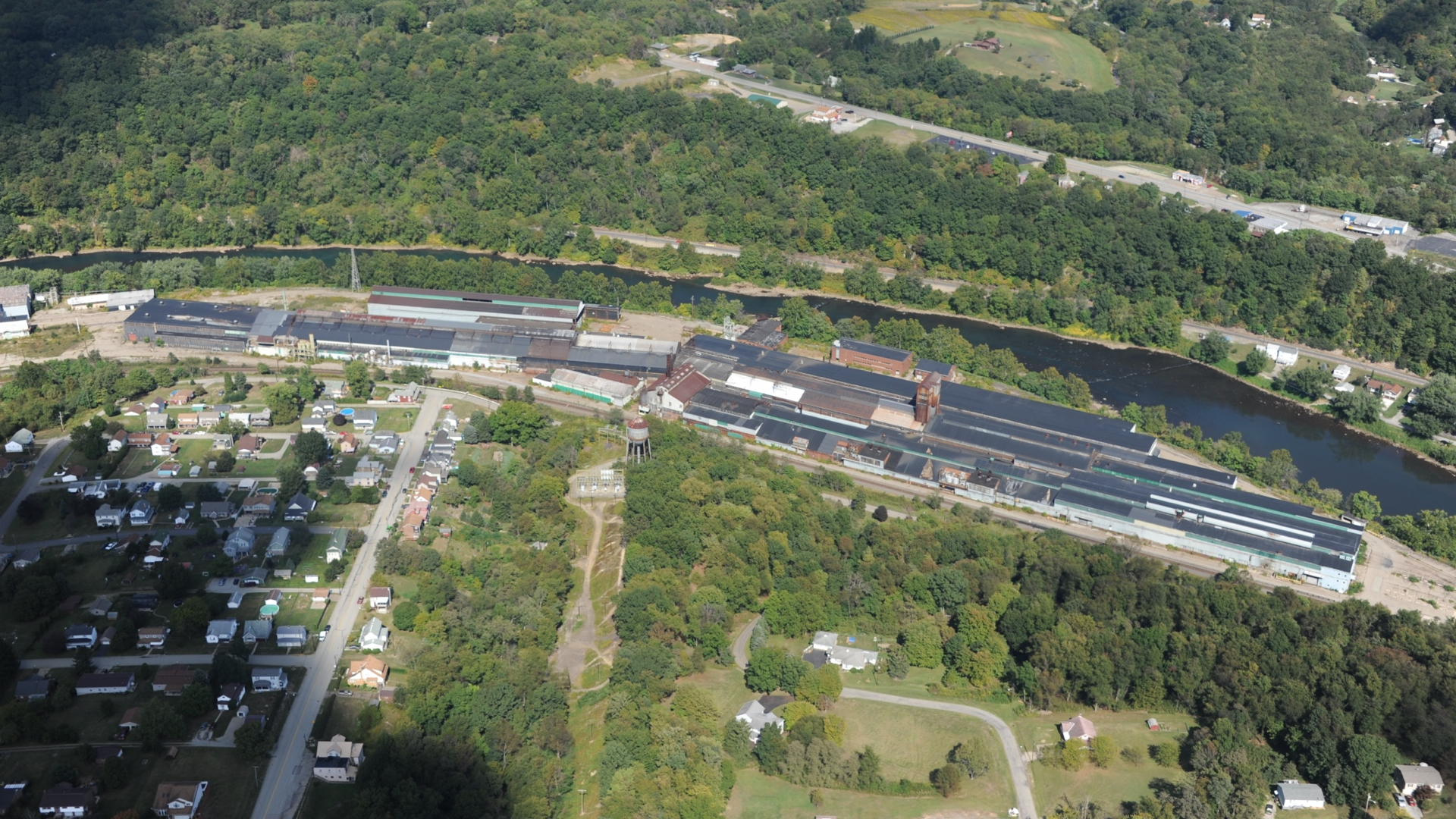
Pittsburgh’s Homestead Steel Works, once the flagship of the Carnegie Steel Company, closed in 1986, after more than a century of operation.

The steel for the Empire State building and the Sears Tower came from here.

The Waterfront Shopping Center and apartments opened on the site in 1999.

Some of the pieces of the plant were left as historical features, like this gantry crane next to the Marriott Hotel.


Whemco, a steel foundry company based in Sheffield, England, still operates a plant here, making large industrial castings.

U.S. Steel, which took over Carnegie’s operations in 1901, also maintains a presence at Homestead, a research center.

The pump house and water tank were preserved at the site, in a small park.


The park was the location of the famous Battle of Homestead, a major labor dispute in 1882, where several workers were killed in a confrontation with Pinkerton guards.


Across the Monongahela River are the remains of the Carrie Furnaces.

This was a separate facility, connected to the plant at Homestead by a hot metal bridge.

There used to be seven blast furnaces here smelting iron for the mills at Homestead.

The first furnaces were built in 1884, and they went offline in 1978.

Only two furnaces remain, numbers 6 and 7, with surrounding buildings.

They are being preserved by the Rivers of Steel Heritage Corporation.

Carrie Furnaces is the largest blast furnace site open to the public in the USA, though it is only open periodically.

Though other blast furnaces are visible from public space, these (and the Sloss furnaces in Alabama) are the only ones in the country where the public is allowed to wander inside.




Closed most of the time, there are plans for further historic redevelopment of the site.


Less than a mile down the Monongahela River from Homestead is U.S. Steel’s Edgar Thompson Plant.

The first steel works here were built in 1875 to produce rails for the Pennsylvania Railroad.

This was Andrew Carnegie’s first large steel mill purchase, and the beginning of his steel empire.

The plant is the largest remaining producer in the Pittsburgh region.

It is part of U.S. Steel’s Mon Valley Works, a network that includes two other plants in the region, and a finishing mill near Philadelphia.


The Edgar Thompson Works is located in the town of Braddock, Pennsylvania, which is attempting an unusual redevelopment effort.

Though it is a steel town, few mill workers live there anymore.

From a peak population of 18,000 after World War II, there are now just over 2,000 residents.

A young mayor, John Fetterman, was elected in 2005, and promotes the town’s dystopic qualities as an asset.

His highly publicized ideas for the town include urban farming and free loft space to artists.

A few post-urban homesteaders have moved to town, including Brooklyn artists like Swoon, who bought an abandoned church.

Community gardens and bread ovens are cropping up.

Meanwhile, across the river from the plant, the Kennywood amusement park has been amusing steel worker families since 1898.


20 miles up the Monongahela River from Pittsburgh is the Clairton Works, the largest coke plant in the USA.

It is part of the chain of U.S. Steel’s Mon Valley Works, supplying coke to the blast furnaces at the Edgar Thompson Plant.

Coke is baked and processed coal and is an essential ingredient in steel.

The plant produces 4.7 million tons of coke annually, selling much of it to other customers, like power plants and other steel mills.

Near the Clairton Works is U.S. Steel’s Irvin Plant, the third link in the Mon Valley Works.

Steel slabs from the Edgar Thompson Plant are sent here by rail.

The slabs are pressed into sheets which are then treated and shaped into products for the automotive, appliance, and construction industry.

The hills and dales around Pittsburgh are still home to more than a dozen steel finishing plants.

At Butler, the AK Steel Corporation produces a million tons of raw steel a year.


Integrated with the mill are rolling and finishing facilities.

Allegheny Ludlum, also known as ATI, produces around 600,000 tons per year from a plant at Natrona, on the Allegheny River.

ATI also operates a plant nearby at Brackenridge, producing 400,000 tons of raw steel a year.

The Brackenridge plant is expanding, with a $1.2 billion hot rolling plant.

ATI’s titanium finishing mill at Vandergrift is at an old integrated steel site.

The plant is surrounded by a company town originally laid out by Frederick Law Olmstead’s firm.

ATI is headquartered in Pittsburgh, and maintains the state of the art of the American specialty metals industry.

Another ATI exotic metals processing plant is in nearby Leechburg.

ATI specializes in titanium and other specialty metals used by aerospace and defense industries.

